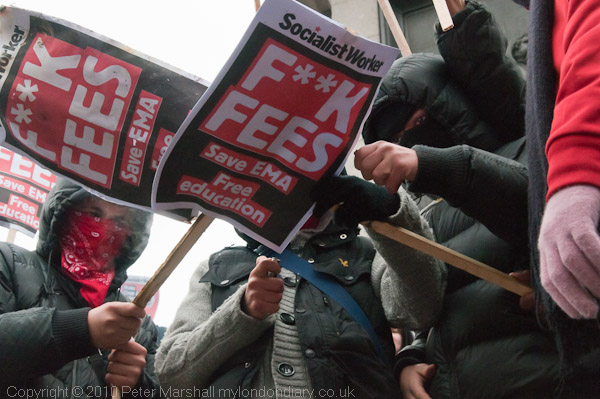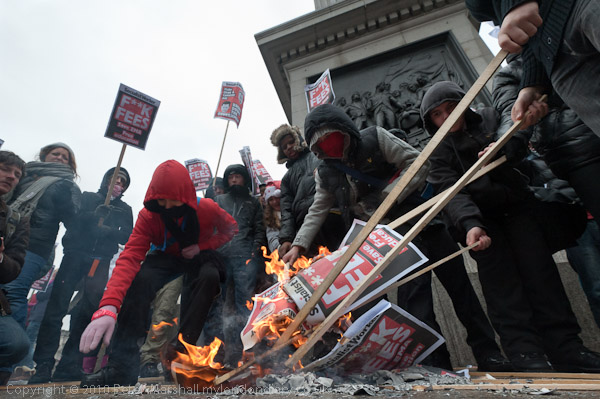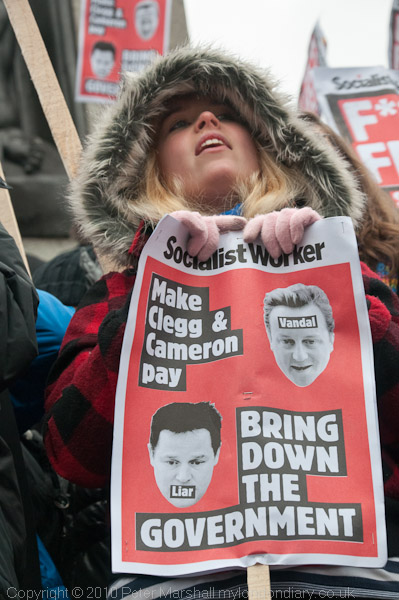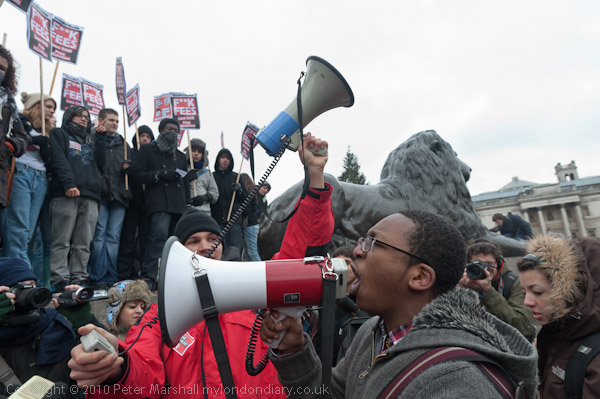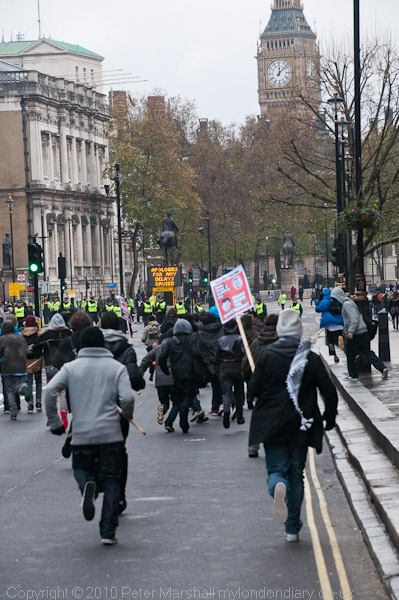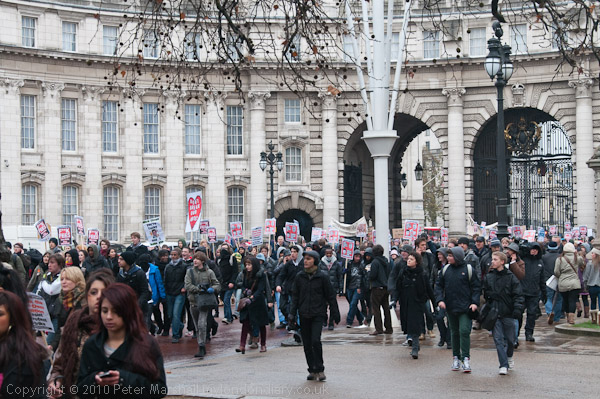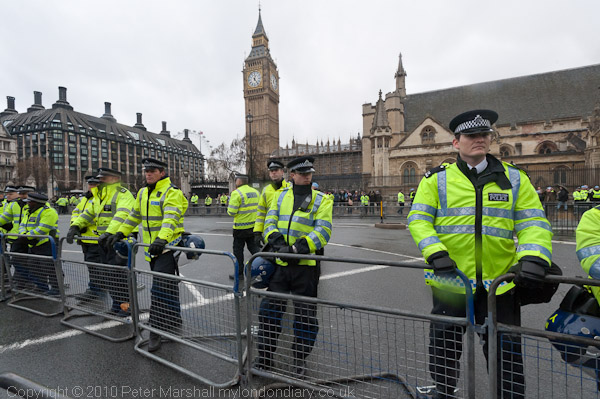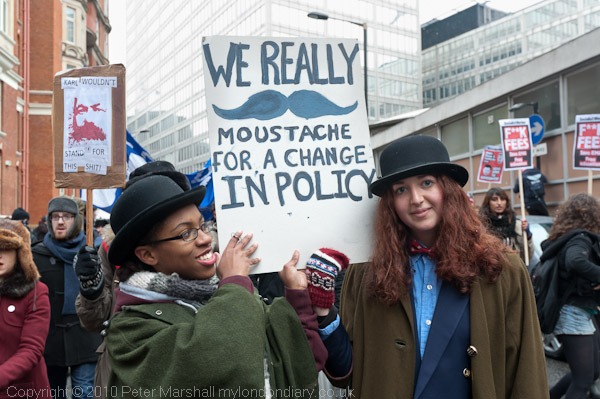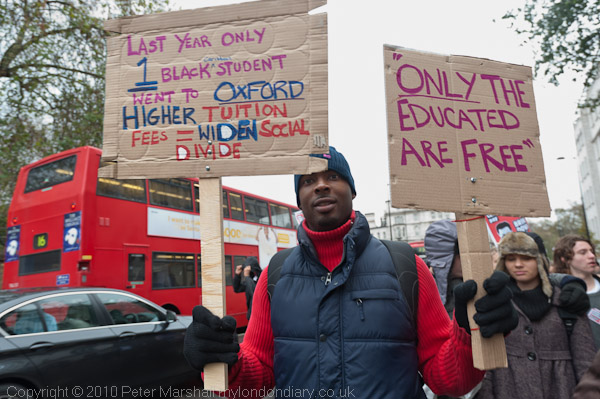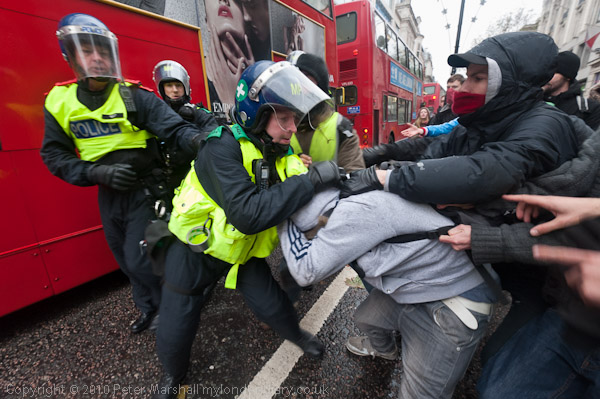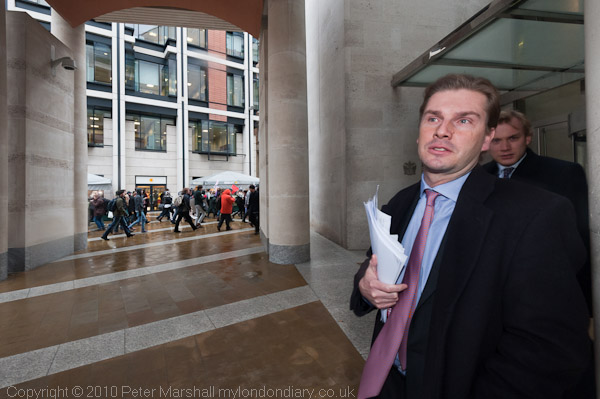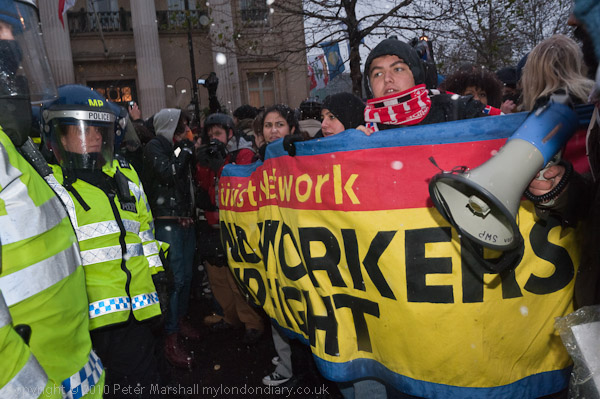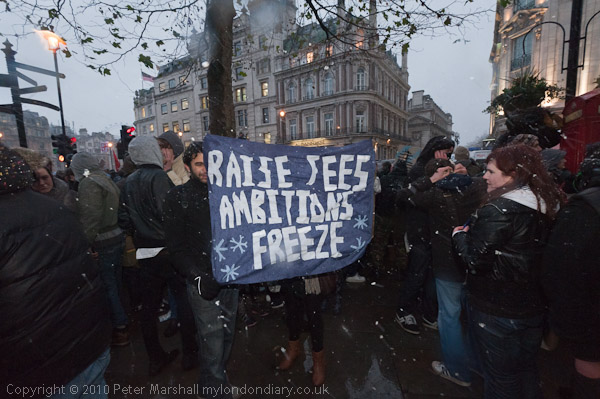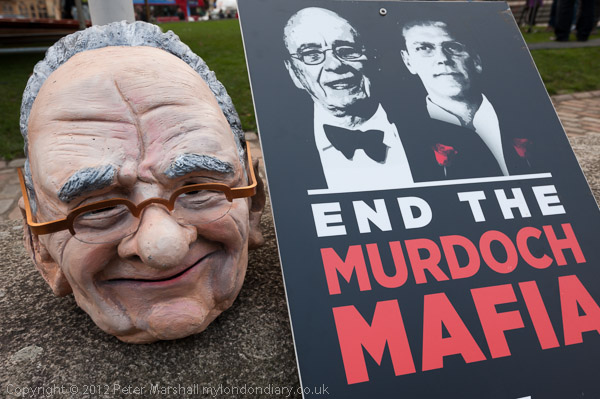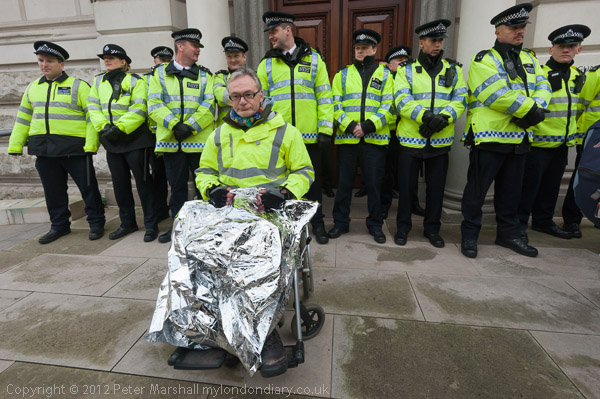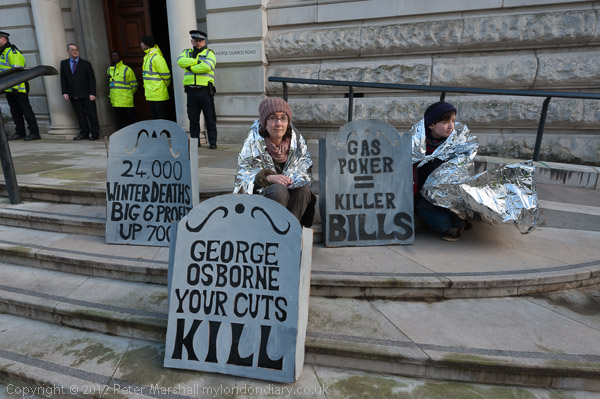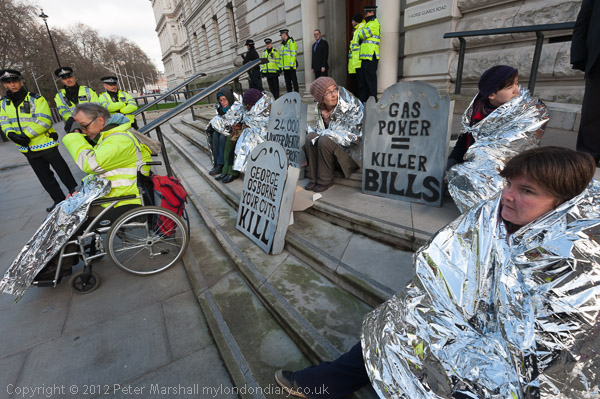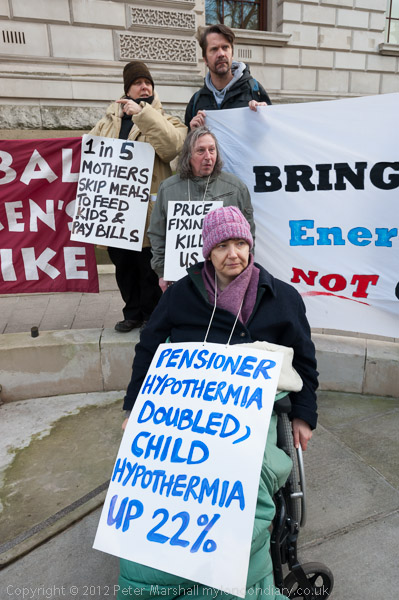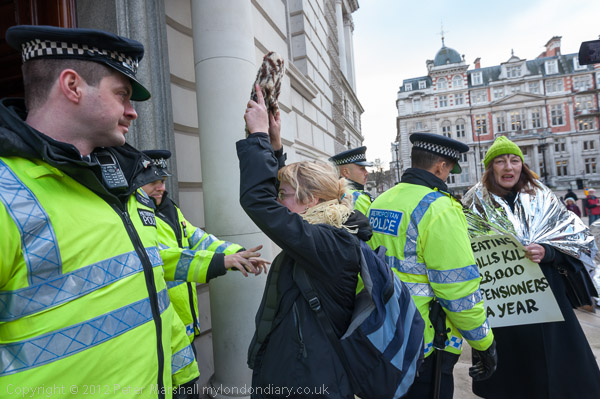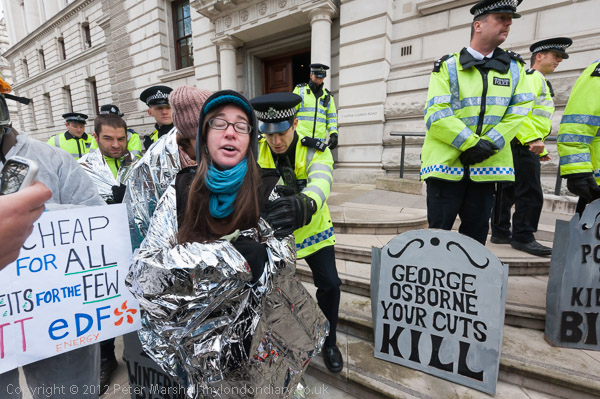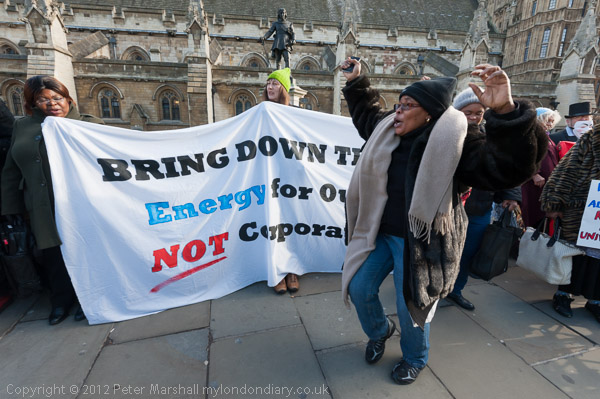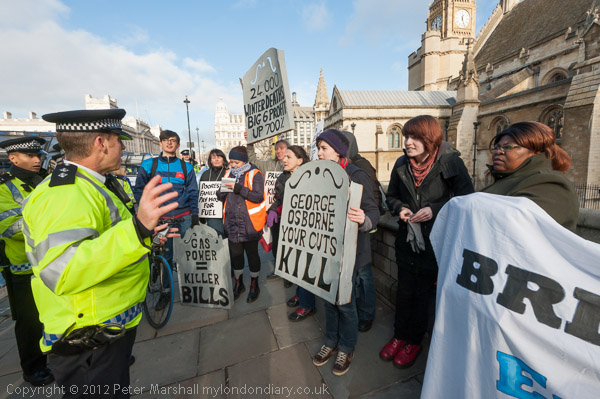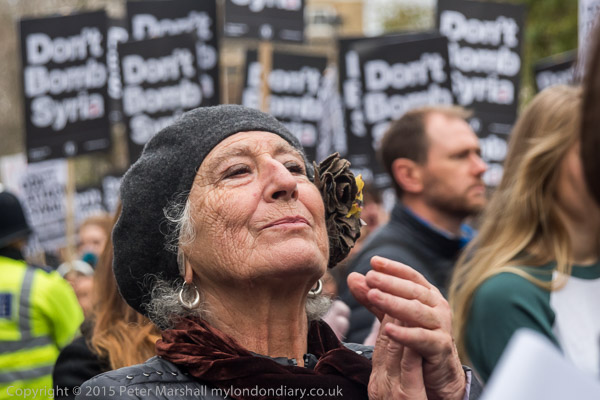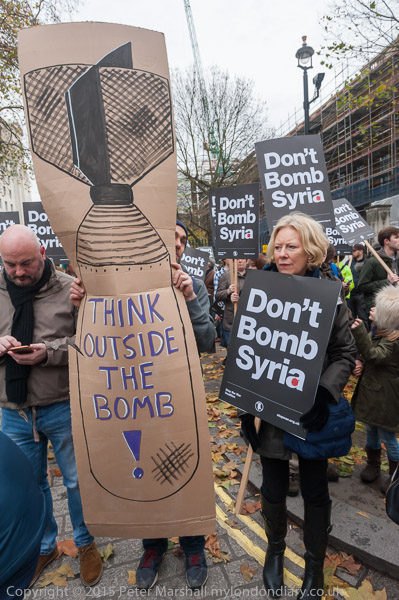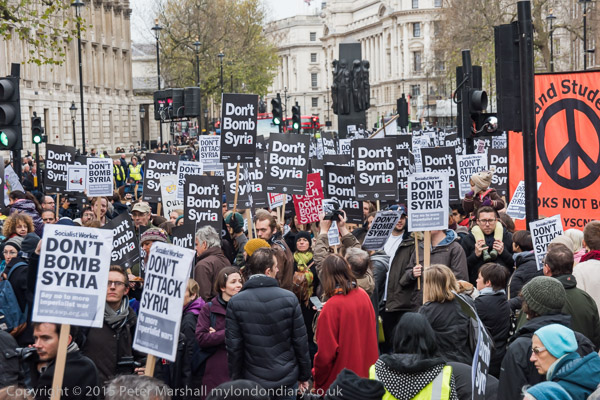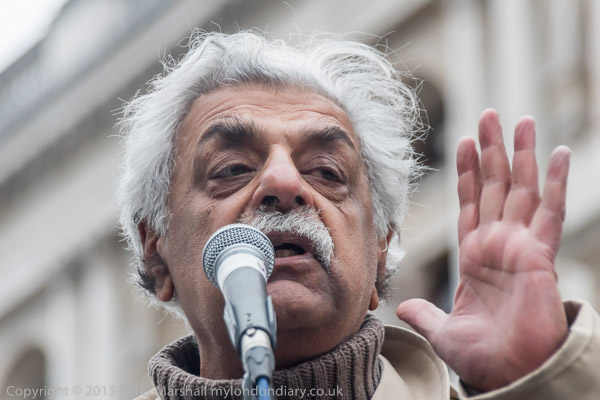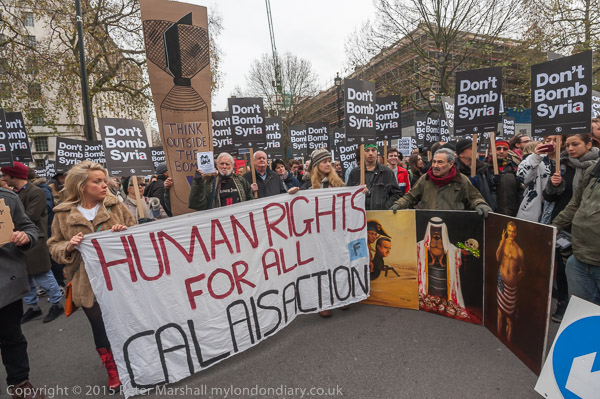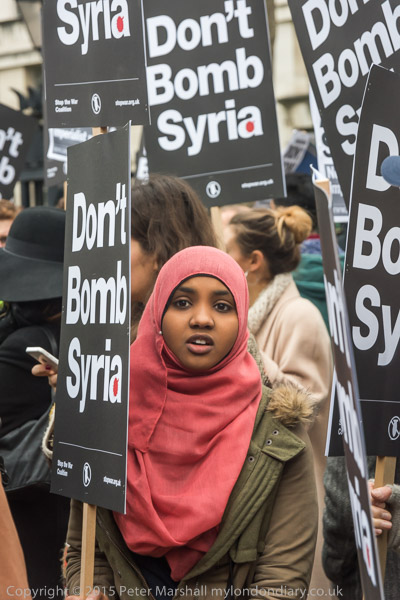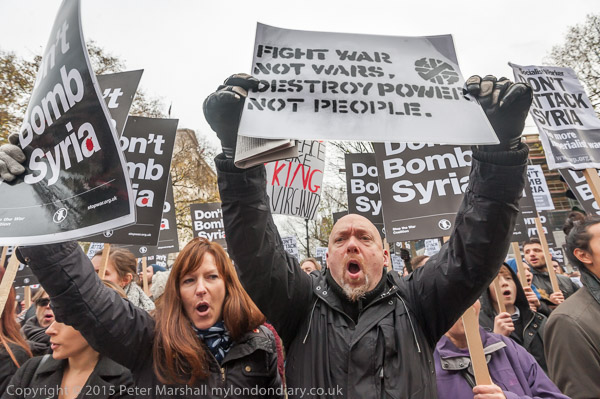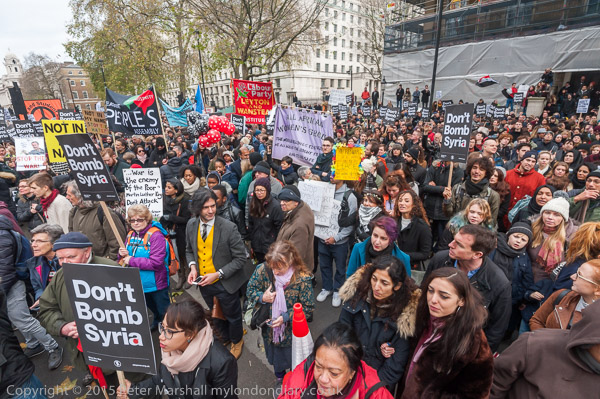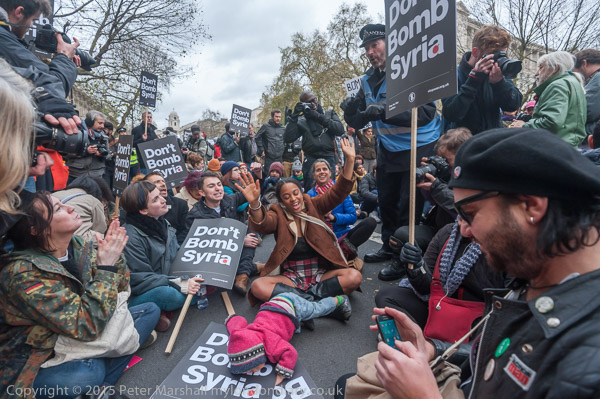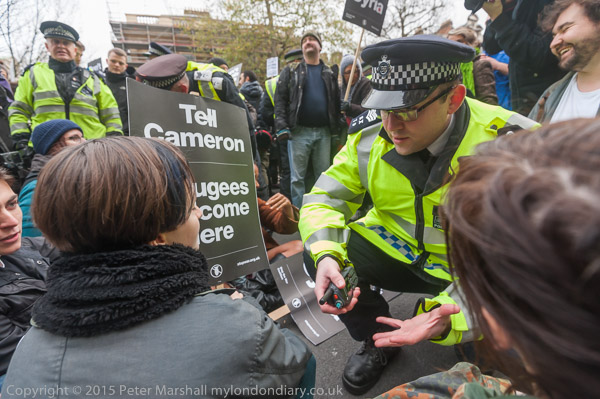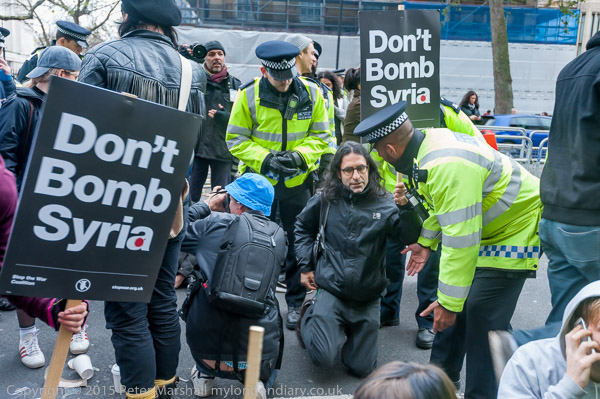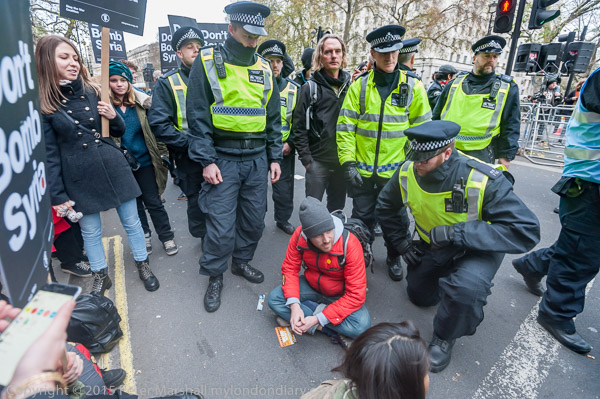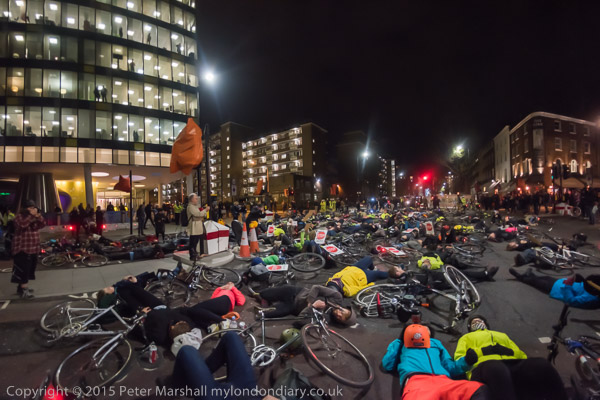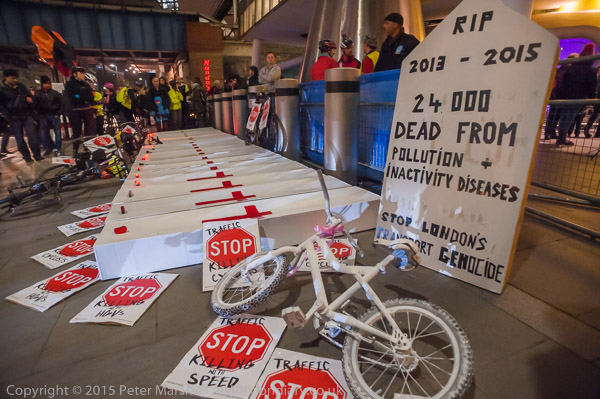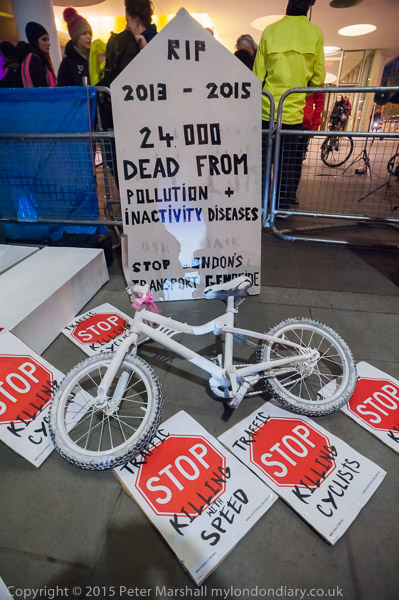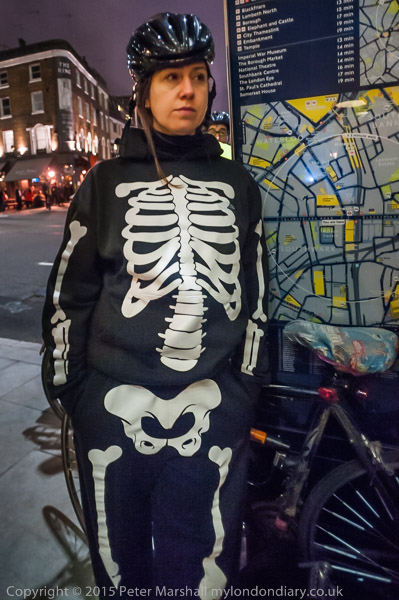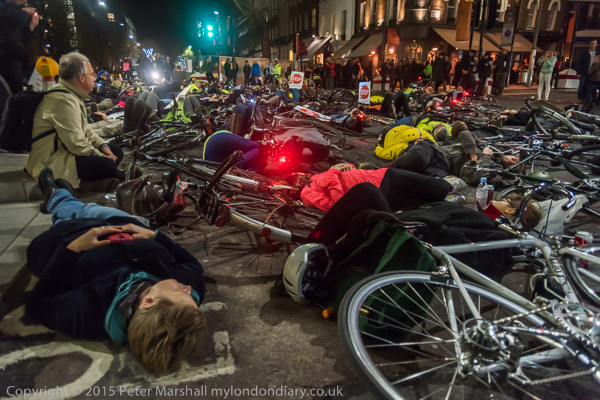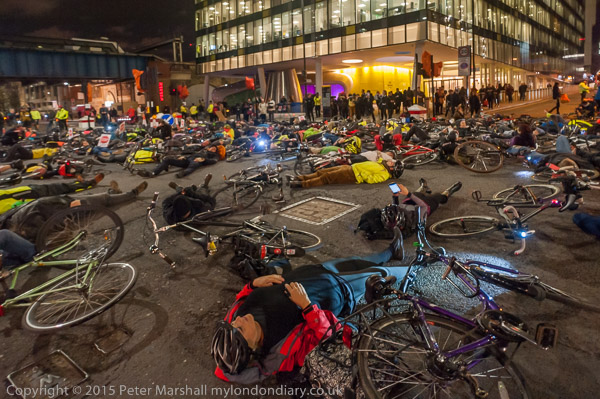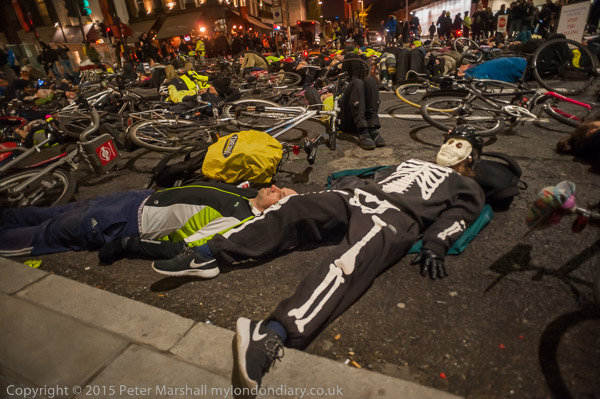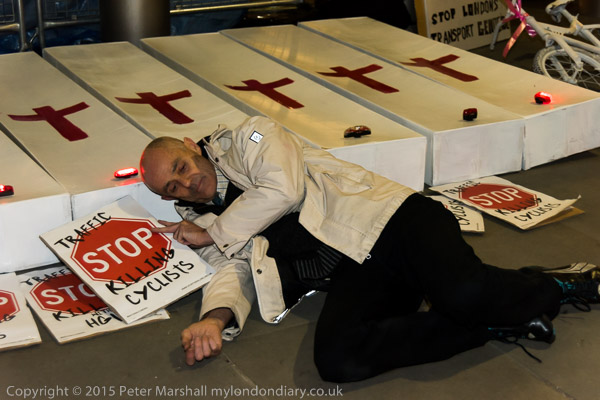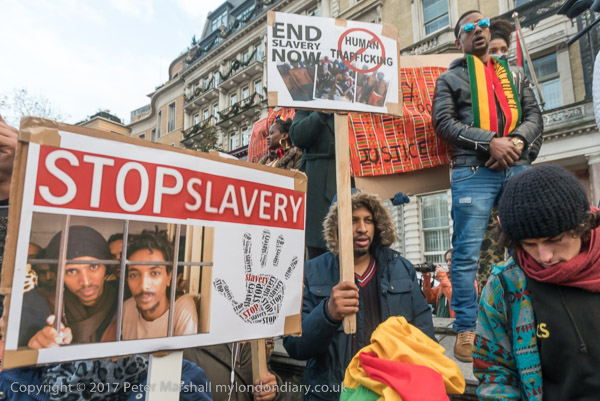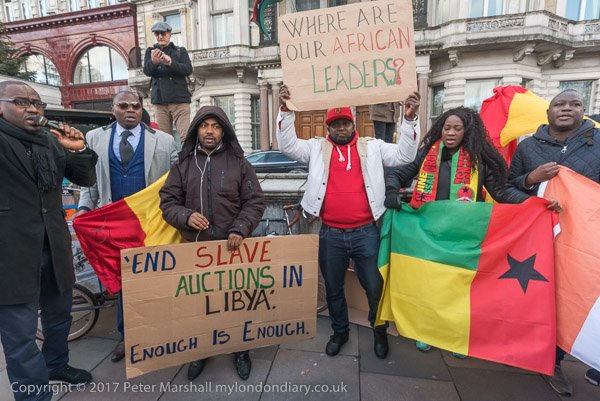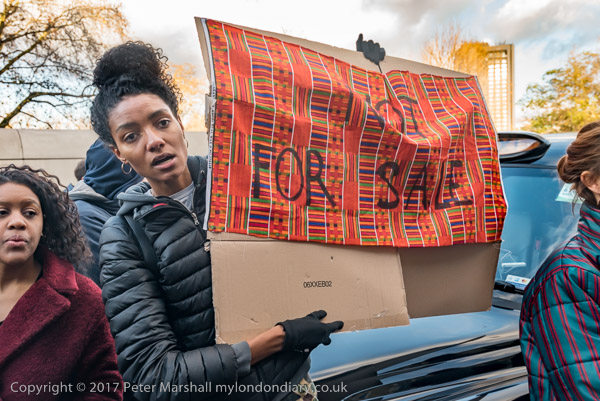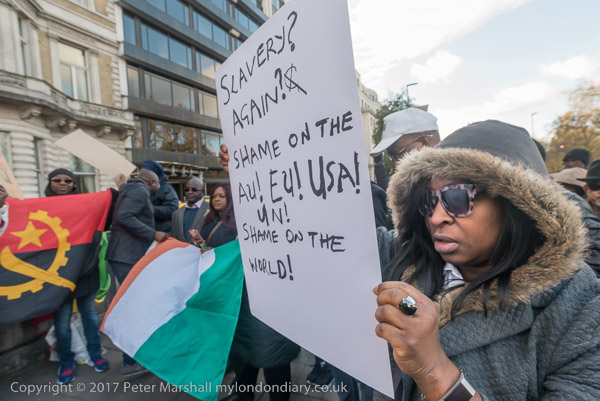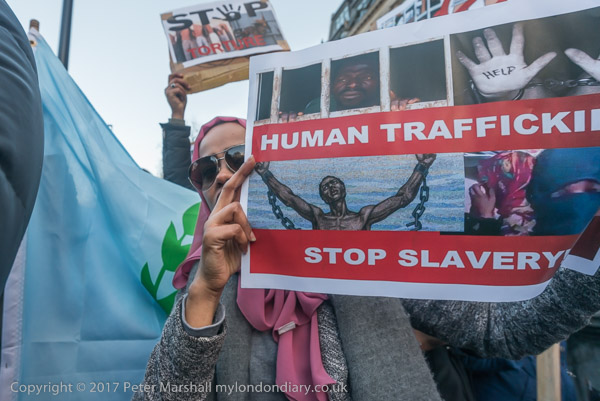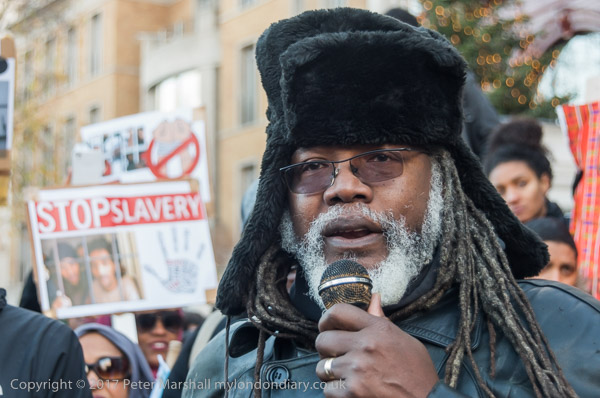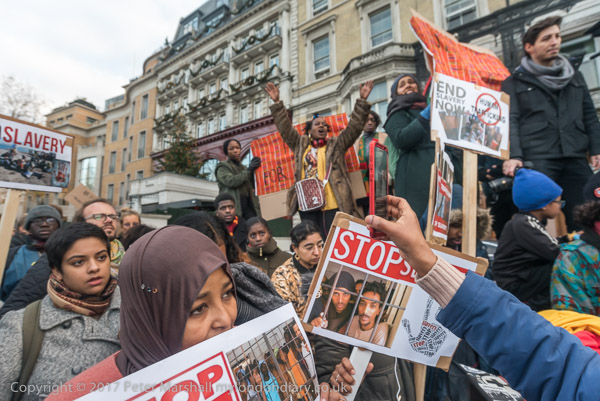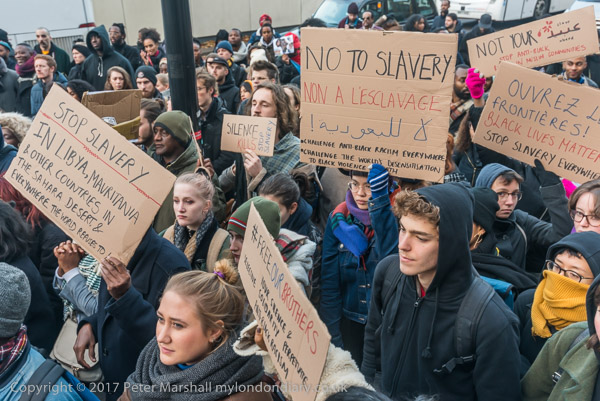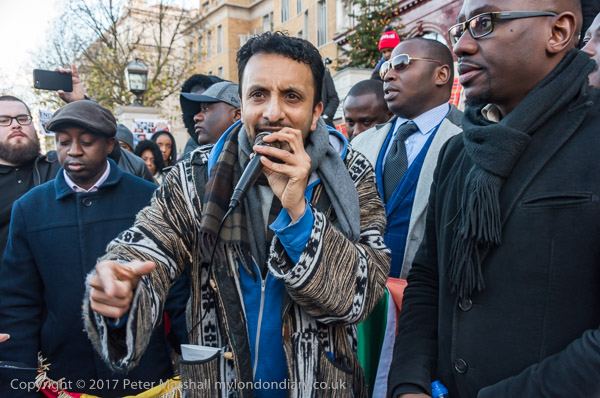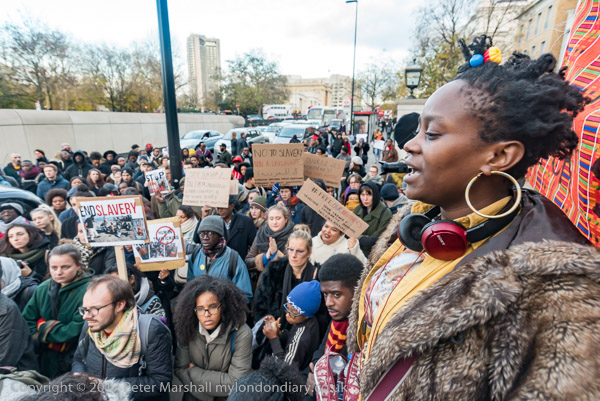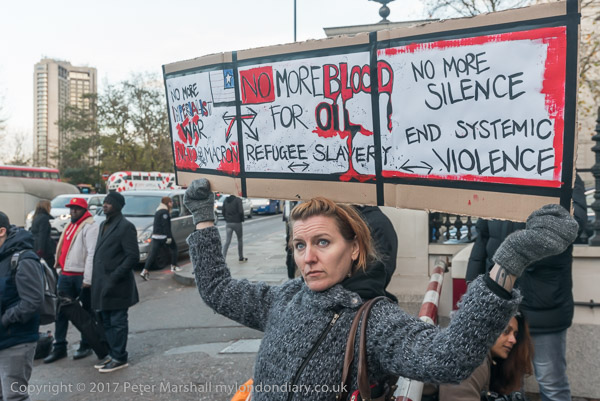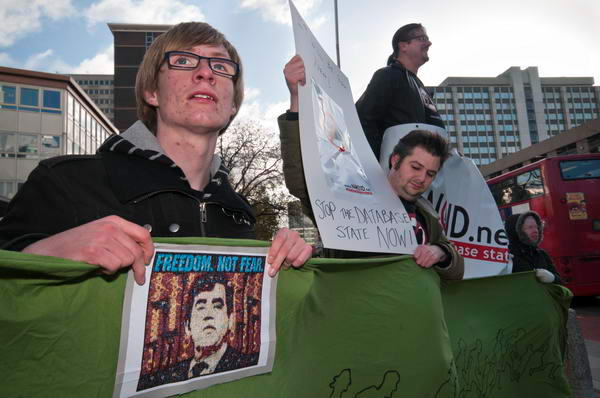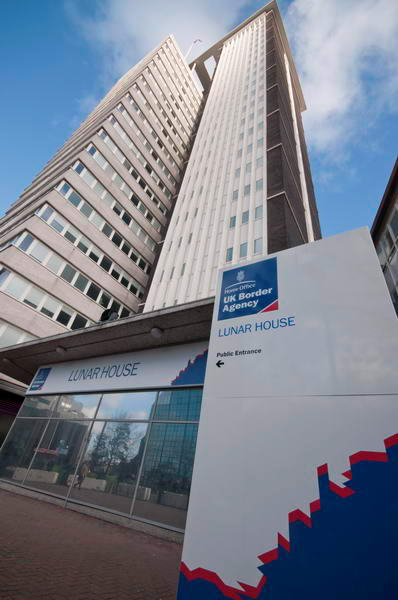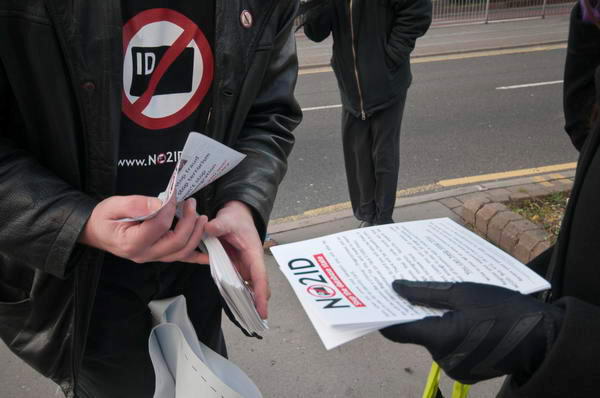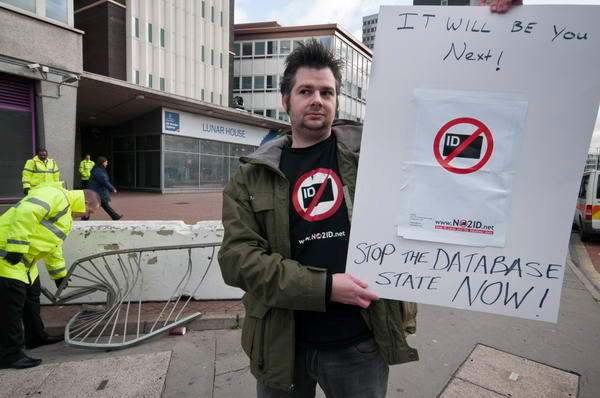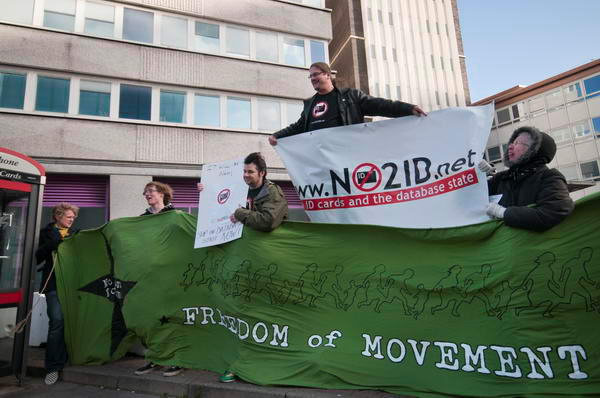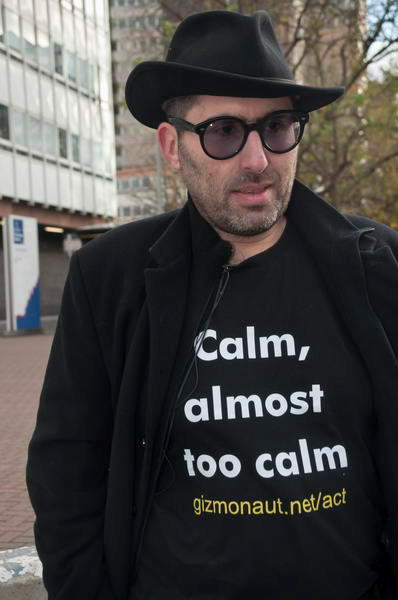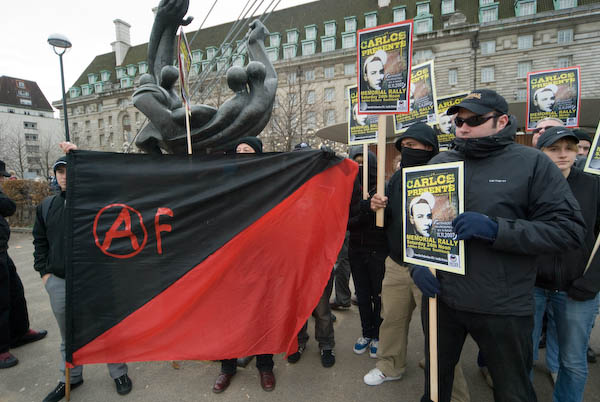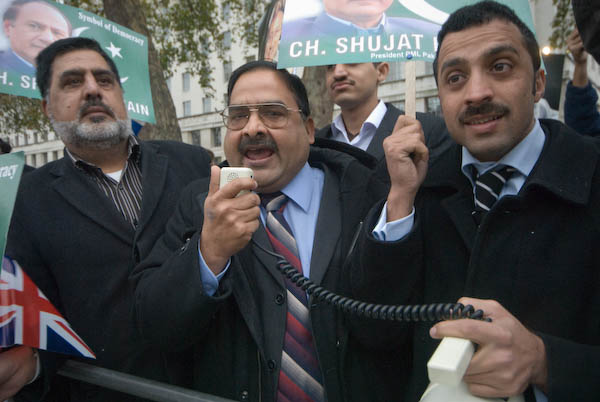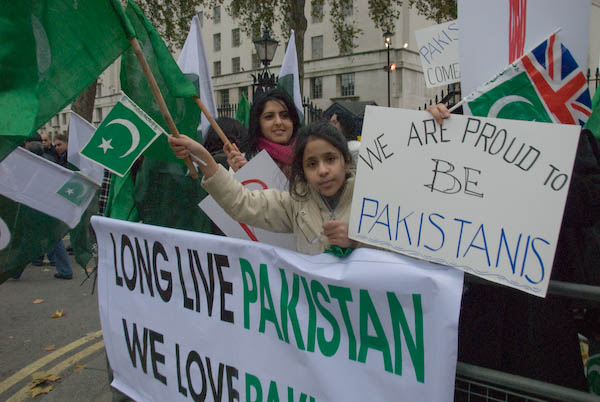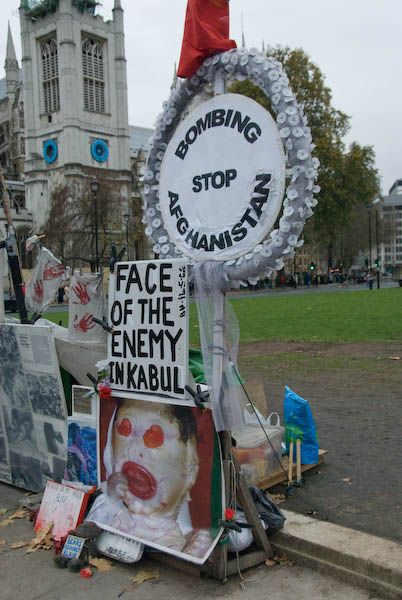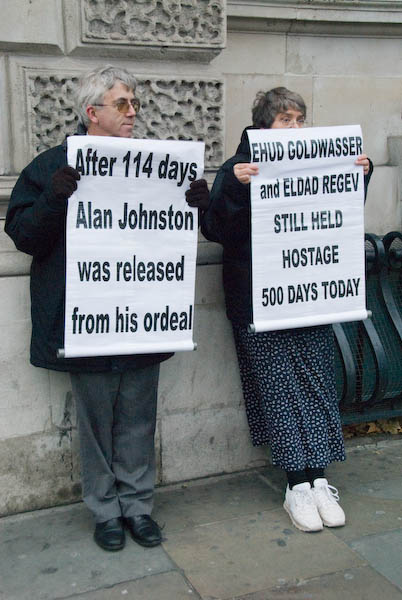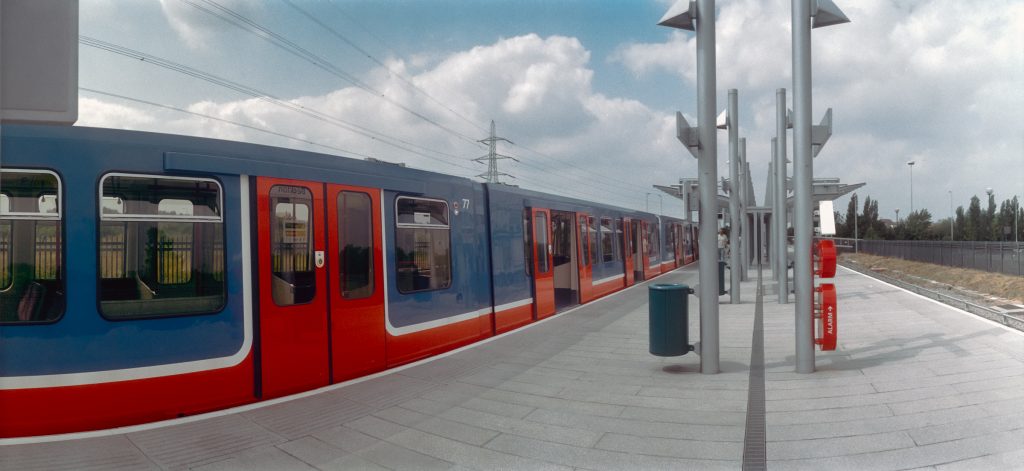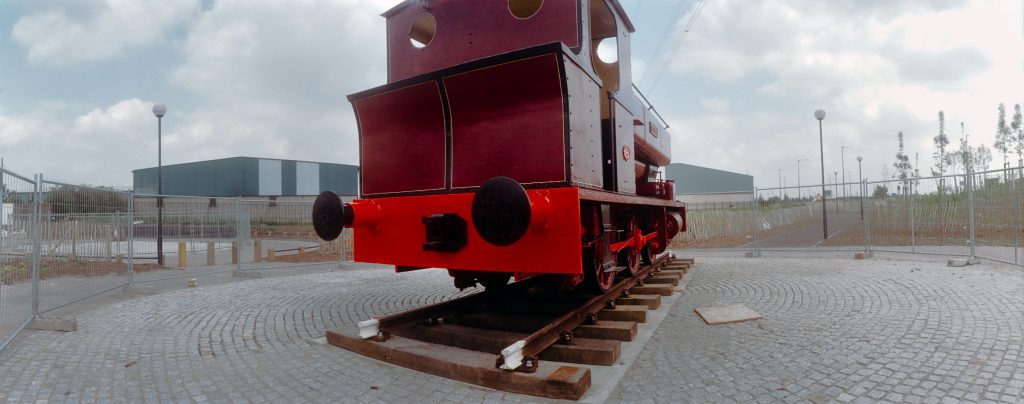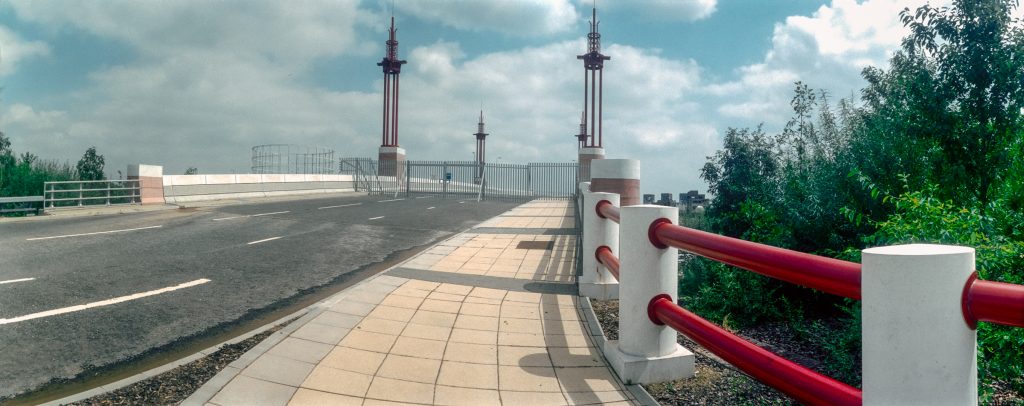Another Don’t Bomb Syria Protest: On the evening of Tuesday 1st December 2015 a protest by Stop The War again called on MPs not to back David Cameron’s motion to bomb Syria.

There was a large crowd in Parliament Square who listened to speeches by a wide range from the British left including Andrew Murray, Lindsay German, Salma Yaqoob of Stop the War, Kate Hudson of CND, SNP MPs Philippa Whitford and Tommy Sheppard, Former Green Party leader Caroline Lucas, Labour’s Richard Burgon and Imran Hussain, Weyman Bennett of Unite Against Fascism, Momentum organiser Adam Klug, George Galloway.

I photographed all of these speakers and you can see several pictures of most of them on My London Diary.

But as in the previous Stop The War protest, there were “no speeches by Syrians or Kurds, and no real attempt to take their views into account. And while the speakers all condemned the UK plans to bomb in Syria, there was no condemnation of the Russian bombing of the Syrian opposition, perhaps a greater threat to the Syrian people than Daesh, and certainly than the handful of UK planes.“

Present in the crowd were a number of supporters of President Assad, with flags of his regime, though most of those present were opposed to the Assad regime and Daesh as well as to bombing by the UK.

As I commented, “It’s rather unfortunate that the only organisation promoting large-scale protests against the bombing is Stop the War rather than one clearly supporting the aspirations of the Syrian people for freedom.”

Hours after this protest, Stop the War issued an article ‘For the avoidance of doubt‘ by John Rees which began by stating “The STWC has never supported the Assad regime.” I commented: “Well, it’s good to make that clear, because there have been many protests by Stop the War which Assad supporters have attended and appeared to be welcome, and by refusing to let Syrians opposed to the regime speak at this and other protests STW have certainly given that impression.”
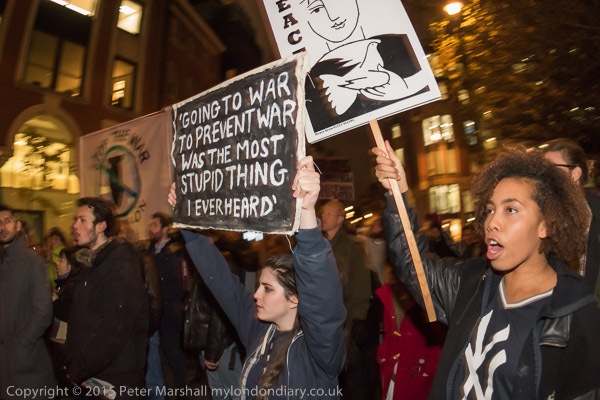
It had become clear by 2015 “that while our government has fulminated against ISIS/Daesh it has also been complicit in support for them through its support of Saudi Arabia which provides support for their Wahabi ideology and more materially, for Turkey which is deeply involved in their oil exports, refining much of their output as well as providing pipelines and ports, and Israel which is the major customer for the smuggled oil.”
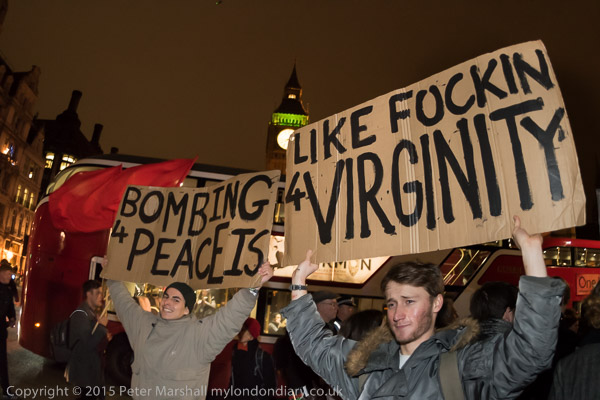
The bombing which later took place was largely ineffectual, hypocritical and immoral. While inflicting “little damage on Assad’s military inflicting real damage on the economic and military capability of Daesh” it was as predicted “catastrophic in effect on the civilians” that were bombed either deliberately or by accident.
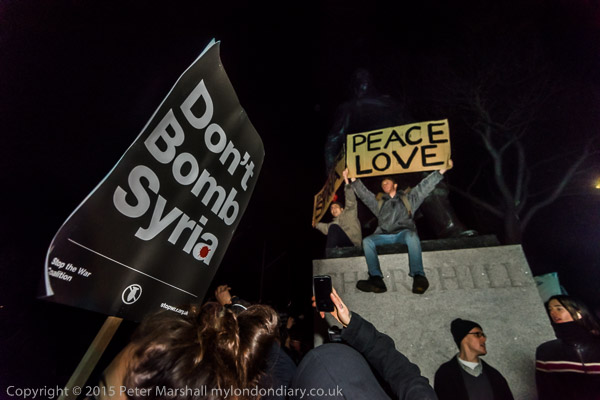
After the speeches, the protesters marched first to the Tory HQ and then to Labour to deliver letters before returning to Parliament Square where the official protest ended.
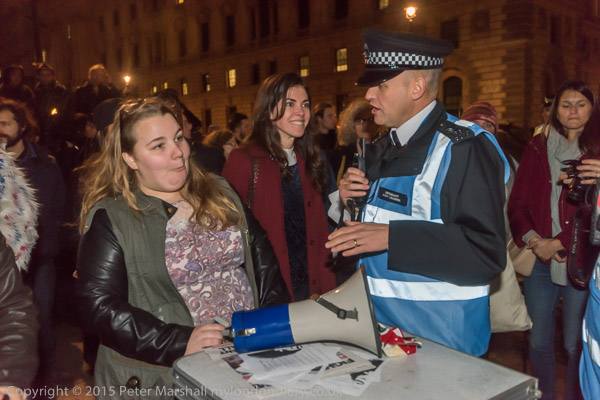
Many stayed on in the square and there were minor incidents with police making a few who had climbed onto the plinth of Churchill’s statue come down and stopping some from using a megaphone. But after a few minutes I decided it was time to go home.
More about the protest and many more pictures at Don’t Bomb Syria.
Flickr – Facebook – My London Diary – Hull Photos – Lea Valley – Paris
London’s Industrial Heritage – London Photos
All photographs on this page are copyright © Peter Marshall.
Contact me to buy prints or licence to reproduce.
